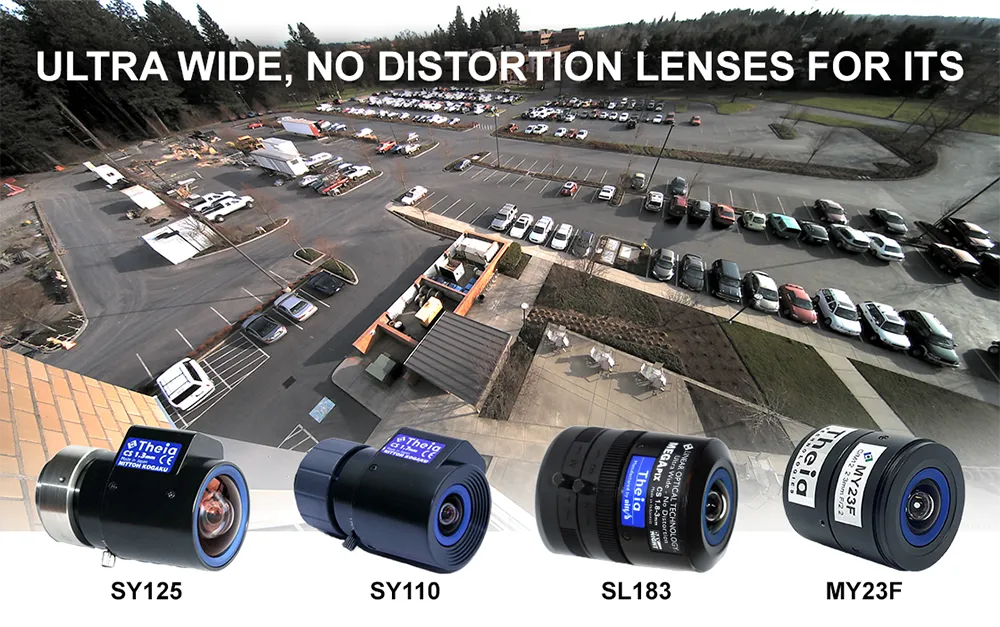Allied Vision has expanded its Manta camera offering with two new models which incorporate second-generation Sony IMX complementary metal oxide semiconductor sensors with global shutter pixel technology. The devices are ideally suited for industrial applications that require accurate imaging of fast-moving objects.
The Manta G-158 incorporates the IMX273 sensor and is said to offer a resolution of 1.58 megapixels and a frame rate of 75.3 fps at full resolution. In addition, Manta G-040 is equipped with
February 16, 2018
Read time: 1 min
Allied Vision has expanded its Manta camera offering with two new models which incorporate second-generation Sony IMX complementary metal oxide semiconductor sensors with global shutter pixel technology. The devices are ideally suited for industrial applications that require accurate imaging of fast-moving objects.
The Manta G-158 incorporates the IMX273 sensor and is said to offer a resolution of 1.58 megapixels and a frame rate of 75.3 fps at full resolution. In addition, Manta G-040 is equipped with the IMX287 sensor with the intention of providing a resolution of 0.40 Megapixels and a frame rate of 286 fps at full resolution.
Both models come with the Trigger over Ethernet Action Commands feature, enabling them to be triggered via their Power over Ethernet connection. It allows users to realise single cable solutions with data, power and trigger capabilities.
These cameras are available in colour and monochrome variants.









